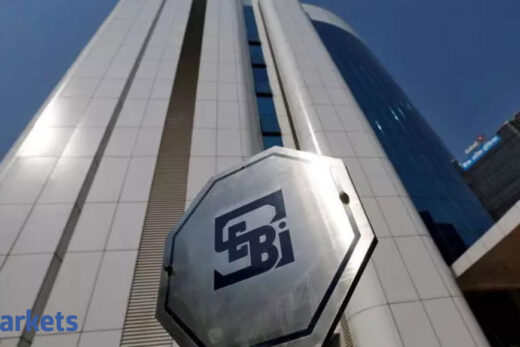The same day, the airline operator’s shares closed at Rs 163.90 on the BSE. By March-end the following year, the shares fell to as low as Rs 13.35. On June 22 this year, when the bankruptcy court approved a resolution plan to take Jet Airways out of bankruptcy, they closed at Rs 99.45.
The offer from UK-based investor Kalrock Capital and Gulf businessman Murari Lal Jalan to take over Jet Airways will bring the ownership of more than 152,000 retail shareholders to 0.21% from 25%. Many of these small shareholders still traded in the shares, though there was little for them in the deal.
Retail shareholders are often at the losing end of bankruptcy resolutions at companies. Among other recent examples, hundreds of thousands of retail shareholders in and Value Industries, and Dewan Housing Finance will get nothing from the resolution plans approved for these companies. In , their holding will fall to 1.13% from 84.47%.
Experts feel there should be some mechanism to ensure that the retail shareholders don’t lose their money, or at least they were able to make a more informed decision while trading in companies that are going through the corporate insolvency resolution process (CIRP).
Under the ‘waterfall mechanism’ of the Insolvency & Bankruptcy Code (IBC), equity shareholders come last on the priority list for receiving any proceeds in a resolution plan. Since most resolution plans are approved with massive losses to the creditors, shareholders are unlikely to get anything, whether a company remains listed or delisted, during sharing of the proceeds. But retail shareholders often continue to trade in such shares because of lack of information on the proceedings.
“The moment companies are admitted for insolvency resolution, it becomes a black box. So now the question is, should such black box companies be allowed to trade,” said JN Gupta, managing director of proxy advisory firm Stakeholders Empowerment Services.
“Every regulation of Sebi calls for transparency, but the moment a company is admitted under the CIRP, transparency goes away…,” said Gupta, who is also a former executive director at market regulator Securities and Exchange Board of India. “All the stakeholders have the right to know what is the liquidation valuation or who all are bidders for the company.”
According to data compiled by Capitalline Database, 90 listed companies that have been admitted for the CIRP process have more than 5.7 million retail investors, with Rs 21,931 crore of exposure.
“A committee should be set up to consider the pros and cons of imposing a moratorium on trading in the stock of a listed company, just like it happens in other aspects when the company is admitted under the corporate insolvency resolution process,” said Jyoti A Singh, founder of AJA Legal & Associates.
“Several small, vulnerable investors from Tier 2 and 3 cities often get exposed to such companies and end up trading in scrip. Therefore, there should be at least a mechanism that gives alert to a person who wishes to trade in the scrip of the company that is undergoing CIRP,” added Singh.
In November 2017, Sajjan Jindal, chairman of the JSW Group, also expressed similar views about suspension of trading in companies facing insolvency resolution, as is the global practice, to avoid speculation in the market.
“Suspension of shares helps in cleaner takeovers and doesn’t make the deal expensive for the prospective investor,” said Jindal in a tweet on November 2, 2017, whose group has acquired companies such as Bhushan Power & Steel, Monnet Ispat and Asian Colour Coated Ispat through the IBC process. “Investor must have the flexibility for automatic de-listing of the company as the equity value is not there in most NCLT cases,” he had tweeted.
However, some retail shareholder protection groups believe that a complete suspension of trading could also be counterproductive since that would close the only exit route for such equity holders.
Shriram Subramanian, founder of proxy advisory firm InGovern Research Services, said: “When a company is going through a bankruptcy process, one should expect the existing share capital and shareholders to be wiped out. However, until the bankruptcy process is completed, trading in the company’s stock facilitates an exit process for shareholders.”
Since the inception of IBC, 4,376 insolvency resolution processes had commenced till the end of March 2021, including 2,653 that had since been closed. As many as 348 had ended in approval of the resolution plan and the 1,277 in orders for liquidation. The rest were in various stages of the process, as per the Insolvency and Bankruptcy Board’s quarterly report in March.
“Several retail shareholders, often with limited information about CIRP, put their money into such companies, which usually results in the complete erosion of their investments,” said Paras Savla, an insolvency resolution professional and partner at advisory firm KPB & Associates.



